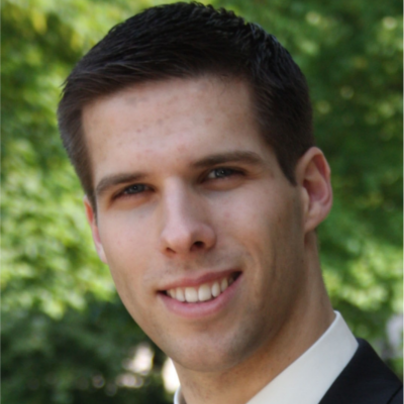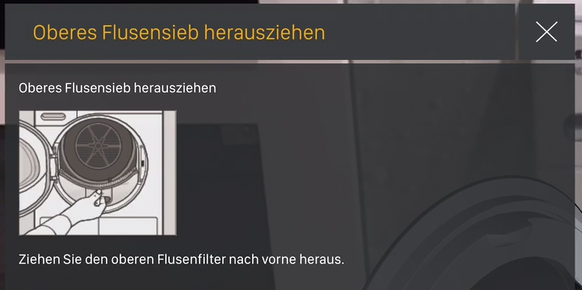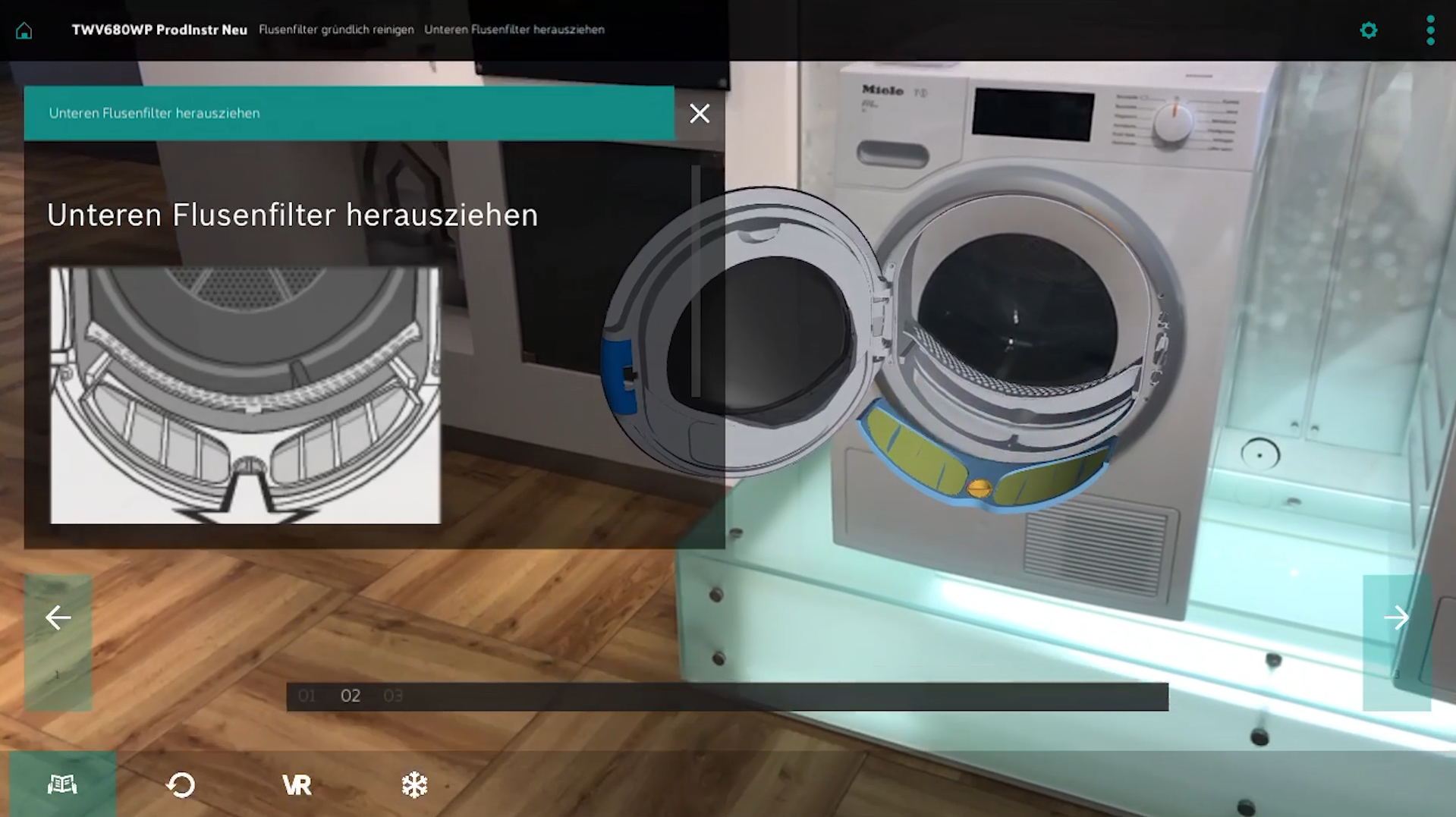Augmented reality with SCHEMA ST4 – Miele leads the way
A customer stands in front of his tumble dryer. He wants to clean out the lint filter. Instead of searching through the printed instructions, he turns to his smartphone. He opens up an app and points the camera on his smartphone at the dryer. The app starts providing instructions. It combines text and visual information in the camera view and takes the customer through all of the necessary steps on the machine itself.

This example of augmented reality will soon become actual reality. Adrian Schröder from the domestic appliance manufacturer Miele gave a presentation on just such a scenario at the SCHEMA Conference, in which our component content management system, SCHEMA ST4, plays a key role: the text content for this innovative AR application is stored in its database.
But how does augmented reality using SCHEMA ST4 work? What do you need to be aware of if, like Miele, you choose to adopt this interactive method alongside the traditional printed and online instructions?
Designing the concept – the preliminary work
The technical implementation of an AR scenario is key – but that comes later. If, like Miele, this is your first experience of this type of AR application, the first thing you need is a coherent plan. Which interactions with the product are suitable for AR instructions? What is the best way of transforming the required series of actions into AR instructions so that the desired result is achieved?
Adrian Schröder gave a brief overview of how Miele tackled this challenge in his presentation. Together with his team, he methodically put together user stories and used them to develop a scenario.
ST4 as a data source – single source of truth
Our component content management system, SCHEMA ST4, supplies the data for the text content at Miele. As Miele already uses SCHEMA ST4 to manage technical documentation, the content needed for the AR scenario is already available. This is a significant bonus, as it means that the content does not need to be created from scratch and merely has to be adapted appropriately.
For Miele to be able to supply the new information channel from the same data source, a few minor adjustments are needed – mainly modularisation and modelling changes:
- In terms of modularisation, it is important that the components in ST4 are refined enough to ensure that they can be used flexibly in AR sequences. There is a tendency towards somewhat smaller modules.
- New metadata has to be created that passes on information to other systems where content from ST4 can be processed.
Provision of data from ST4 – made easy by the OMD interface
Providing the necessary text content for the downstream systems that create the AR application is a relatively simple matter. The following ST4 mechanisms are used:
- The components to be played out in an AR scenario are stored in their own ST4 project.
- They are converted into the required target format by the Online Media Designer (OMD), which is part of the standard configuration of SCHEMA ST4.
Compiling text and 3D models
SCHEMA ST4 is simply one of many cogs in the machine of augmented reality. So that it could be combined with the relevant CAD data, the adapted OMD production imported the ST4 content into REFLEKT One, a piece of software provided by our partner of the same name. The CAD data had already been adapted before being saved in REFLEKT One, animations had been created and tracking objects defined, all of which are needed to make augmented reality possible. All that remained was to link the 3D visualisations with the ST4 content from REFLEKT One.
The next chapter – yours?
What Adrian Schröder presented at the SCHEMA Conference was a fully functional use case for an AR application that uses ST4 as a data source. SCHEMA ST4 as a content management system offers the necessary flexibility to create a new information channel, both on a conceptual and technical level.
About Adrian Schröder

Adrian Schröder runs the Content Management Systems and Processes Department at Miele in technical information management, where he is responsible for coordinating the production processes of technical documentation accompanying products and integrating authoring processes in ST4 throughout the company, to name but two examples.



